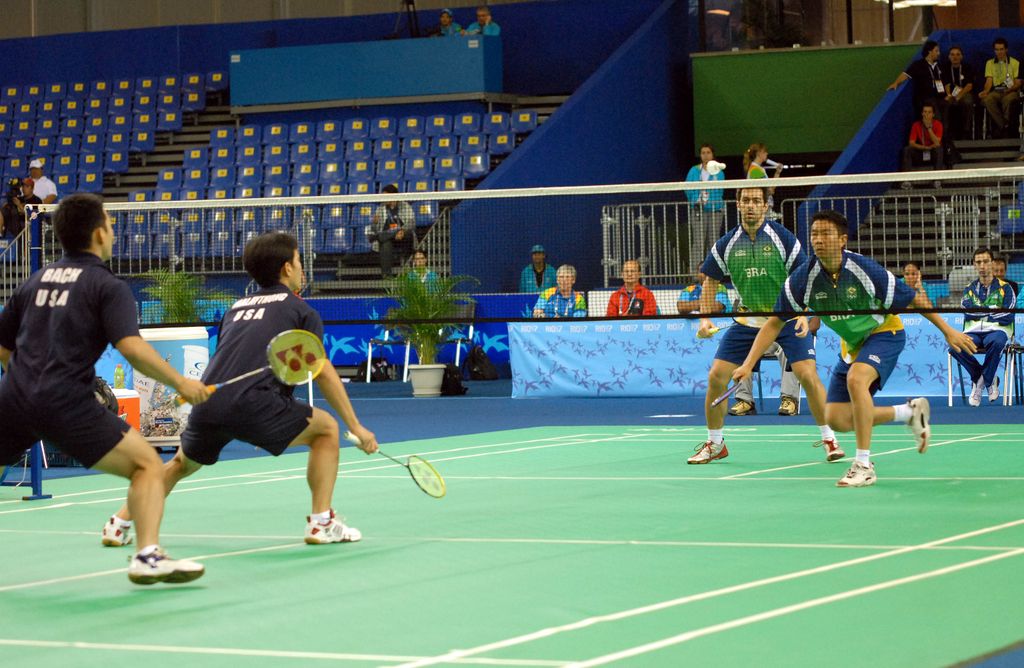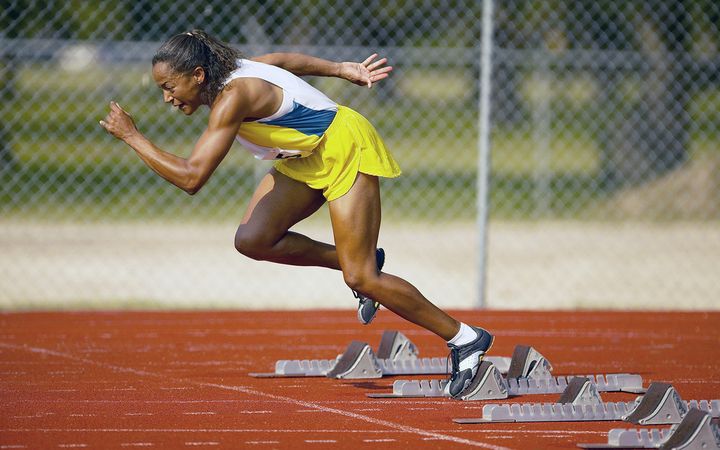
Athletes always have that desire to be the best. They want to run faster, jump higher, lift more weights. That's why they're in competitions and able to keep up gruelling training schedules; it's an ability to push through resistance to make their bodies be the best they can be.
These days, they're lucky enough to track their performance using no end of applications. Apps that track how fast and far you run, nutritional calculators to let you know if you're fuelling up properly, charts and graphs to see how your performance varies by the day. But can this tracking prove a detriment?
In golf, for example, some companies are complaining that the costs of investing in what some athletes want is too much to bear. In the Monterey Herald, Jeff Ritter (co-founder of MTT Performance) said that radar technology is a possibility -- but can cost a coach more than $25,000. Add 3D? Now you're talking more than $35,000.

Golf isn't immune to high-tech collaborations. Credit: Wikimedia Commons
"These stratospheric costs coupled with facility fees, continuing education, program marketing and other daily overhead can potentially put a small business owner in a tough spot. If you don’t have the resources to possess such technology, the natural reaction is to downplay its relevance to potential customers," he wrote.
What's more, he says that such technology is not necessarily a benefit to athletes, even the most high-performance ones. Using the example of Tiger Woods, Ritter said it is only an athlete partnered with good coaching that will do well. If a person is over-coached, as some argue Woods was in latter years, they will perform badly. Technology can only be a supplement to this process, but if used well it will bring benefits.
While tracking everything so closely can rob the joy out of an amateur sport, there are some that argue that improvements in technology will improve the sport in general. The Centre for Sports Engineering Research at Sheffield Hallam University, for example, is trying to develop better shuttlecocks for use in badminton. The thinking is if they fly easier in the air, amateurs are more likely to pick up the sport.

Badminton shuttlecocks are one area of sports being examined by technology. Credit: Wikimedia Commons
“Driving elite performance has intrinsic value. However, there are other important aspects such as athlete safety and participation,” said David James, deputy director of the centre, in an interview with The Independent. One example, he added, is using the application of tennis to see how well people with balance disorders move generally. "Can we help people by observing what they’re doing?” he said.
If technology can make riding helmets more effective, a bike less likely to crash, or a swimmer have more trouble hitting their head in the pool, that's a great use of it. If it makes sporting safer or more accessible to amateurs, that's also beneficial. We just have to be careful not to track stuff to the extent where a morning jog becomes an ordeal.
Click here to launch a challenge that could make athletic tracking encourage healthy habits.
Top image: An athlete at the starting block. Credit: Wikimedia Commons








